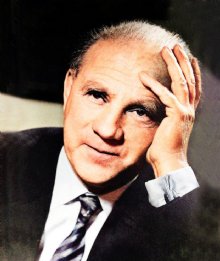The Physical Principles of the Quantum Theory is a foundational physics text that was intended for both physicists and non-physicists. It aims to explain the principles of quantum theory in a clear and concise manner, as well as to provide a historical account of the development of the theory.
 Werner Heisenberg, the Nobel Prize-winning physicist behind the Uncertainty Principle and a pioneer of quantum mechanics.
Werner Heisenberg, the Nobel Prize-winning physicist behind the Uncertainty Principle and a pioneer of quantum mechanics.
More about Werner Heisenberg